To overcome the challenge, we must do unprecedented things to create a different development structure, and this is an opportunity for both the government and businesses.
Recently, I met some businessmen and leaders of Ben Tre province, the locality most severely affected by climate change in Vietnam. They said that businesses in Ben Tre are facing unprecedented challenges and difficulties due to rising sea levels. The whole province has many rivers, little fresh water, rising sea levels cause saltwater to intrude everywhere. Businesses and people cannot do business, even drinking water is lacking and they do not know how to escape this situation. I told them that to solve this problem, we need to have a reverse mindset and there is only one way, which is to turn challenges into opportunities. The government needs to be aware of the challenges and create opportunities for businesses; and businesses need to respond and take advantage of those opportunities to overcome this adversity. Ben Tre's lack of fresh water is a challenge, if anyone knows how to create fresh water, the challenge will become an opportunity. They have the opportunity to dig wells and raise aquatic species different from traditional ones to adapt to saltwater intrusion. Such reverse thinking implies that, to overcome challenges, we must do unprecedented things to create a different development structure, and this is an opportunity for both the government and businesses. Looking at it more broadly, our country's challenges can also be turned into development opportunities. The important thing is to know how to create the right policies, so that difficulties and challenges can become driving forces and development opportunities. If we just look at challenges to complain and whine, we will never overcome adversity. The reverse thinking, turning challenges into opportunities, is becoming a source of inspiration for development and is gaining consensus in many places. Quang Ninh is a vivid example. This province previously had underdeveloped infrastructure; traveling and trading with neighboring provinces and regions was very difficult. 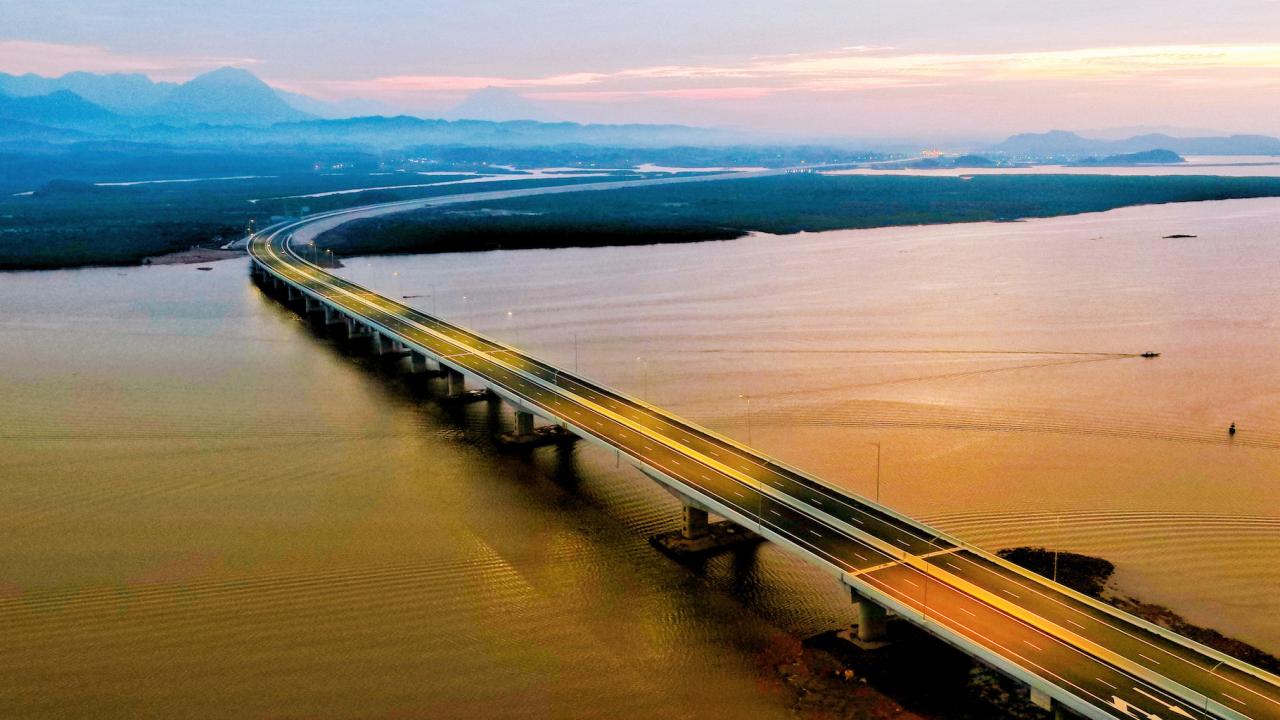

It is necessary to create more space for the private business sector to develop. Illustration photo: Hoang Ha
To solve that challenge, Quang Ninh invited private enterprises to build Van Don airport and expressway. Van Don airport, the expressway from Ha Long to Mong Cai, the Ha Long - Hai Phong expressway connecting with Hai Phong - Hanoi expressway have helped Quang Ninh become the most convenient province for domestic and international trade in Vietnam. Weaknesses in infrastructure have been resolved. Unfortunately, Van Don airport is not yet connected to the international market. Quang Ninh has developed good infrastructure but does not have a synchronous structure. The international airport should be connected to the international market. This blockage prevents the tourism market from developing in line with the infrastructure. Thus, this bottleneck needs to be cleared, creating opportunities for Quang Ninh to connect with the international market. Open space for the private sector Looking at the broader picture, the whole country is about to be cleared when the North - South expressway and the coastal route are about to be completed in a few years. Moreover, Vietnamese enterprises participated in building these routes, not foreign investors. Our roads and money were given to Vietnamese enterprises to improve their financial and technical capacity. The infrastructure bottleneck, which used to be the biggest challenge, has now become an opportunity for development, in which Vietnamese enterprises are given the opportunity. This move is much more encouraging than giving opportunities to foreign enterprises to invest. With such thinking and working methods, Vietnam has built many of the longest and fastest highways, something unprecedented in the country's history. From the perspective of connecting roads, we need an information highway for digital transformation, big data... We also need to accept the challenge of green transformation, green economy , circular economy, carbon market as opportunities. The changing infrastructure of the economy will create many opportunities if we know how to take advantage. However, the State is still taking on too much, for example in the construction of the North-South Expressway, and is not in accordance with the TPP Law which encourages private investment. The State should create mechanisms and policies to encourage private enterprises to invest rather than the State doing it. In the market structure, the State still holds too much compared to the private enterprise sector. Up to now, only 8% of capital in the State enterprise sector has been equitized. This does not solve the problem of economic structure and efficiency despite many policies and guidelines. If equitization is too slow, it will be very difficult for the economy to transform and operate more effectively. The private sector takes over national assets from State enterprises, they manage better and bring more benefits from those assets, not only will the State collect more taxes but the country will have more overall benefits. Moreover, if the State sells shares in State enterprises, it will have money to do many other things better and more effectively. This view has been agreed upon but implemented slowly. Such an approach to the private economic sector has led to the fact that the private enterprise sector is too weak and cannot grow. The economy is growing rapidly but the private enterprise sector is developing completely out of proportion, and is far from meeting the requirements of the market economy. Meanwhile, the FDI sector is increasingly outperforming the domestic private sector and the economy seems to be dualistic with the FDI sector dominating. We are increasingly dependent on the FDI sector while this sector has almost no spillover effect, no technological leadership effect. Having said that, I do not mean to criticize the attraction of the FDI sector, but to emphasize that we need to create more space for the private enterprise sector to develop, do not make it difficult or troublesome for them. Our institutions still constrain the development of people and enterprises. Many resources are still allocated according to the mechanism of granting and asking for rather than being distributed according to the market mechanism, competition and equality. We have had nearly 40 years of Innovation, management experience is very rich and the private enterprise sector has been proven to be effective. If this sector develops sluggishly as it is now, how can we successfully implement the goals of 2030 and 2045? Many policies and guidelines have been carefully and methodically designed, but have not been consistently implemented in practice. In many cases, we have turned opportunities into challenges because we simply do not recognize or ignore opportunities. Today, strong integration commitments are creating a lot of pressure to change so that the economy becomes more competitive, proactive and autonomous. That is an extremely big challenge, but let's think in reverse to see where the opportunities are for us. Dr. Tran Dinh ThienVietnamnet.vn
Source

![[Photo] Opening of the World Cultural Festival in Hanoi](https://vphoto.vietnam.vn/thumb/1200x675/vietnam/resource/IMAGE/2025/10/10/1760113426728_ndo_br_lehoi-khaimac-jpg.webp)

![[Photo] Ho Chi Minh City is brilliant with flags and flowers on the eve of the 1st Party Congress, term 2025-2030](https://vphoto.vietnam.vn/thumb/1200x675/vietnam/resource/IMAGE/2025/10/10/1760102923219_ndo_br_thiet-ke-chua-co-ten-43-png.webp)

![[Photo] Unique Phu Gia horse hat weaving craft](https://vphoto.vietnam.vn/thumb/1200x675/vietnam/resource/IMAGE/2025/10/10/1760084018320_ndo_br_01-jpg.webp)





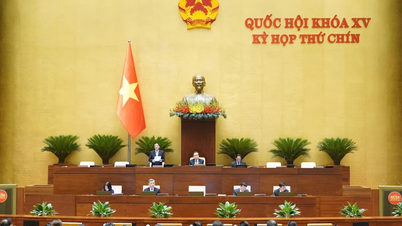


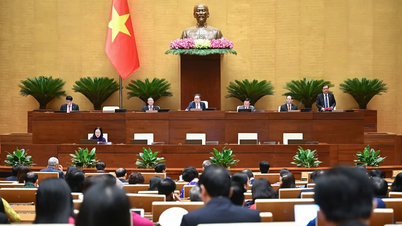

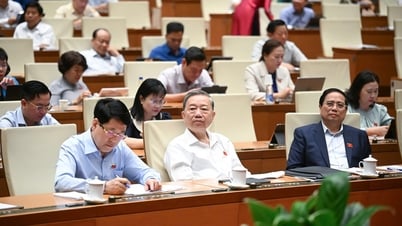





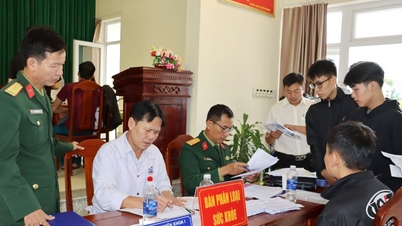

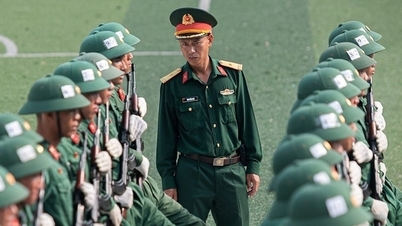























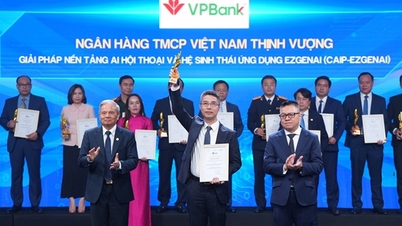











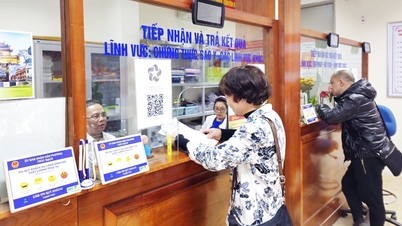





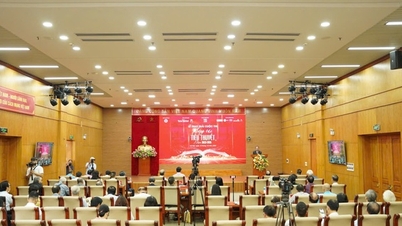
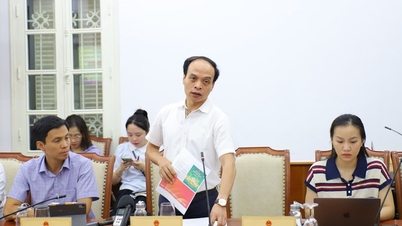







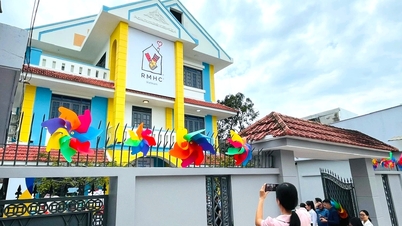




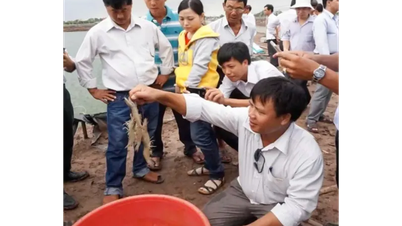












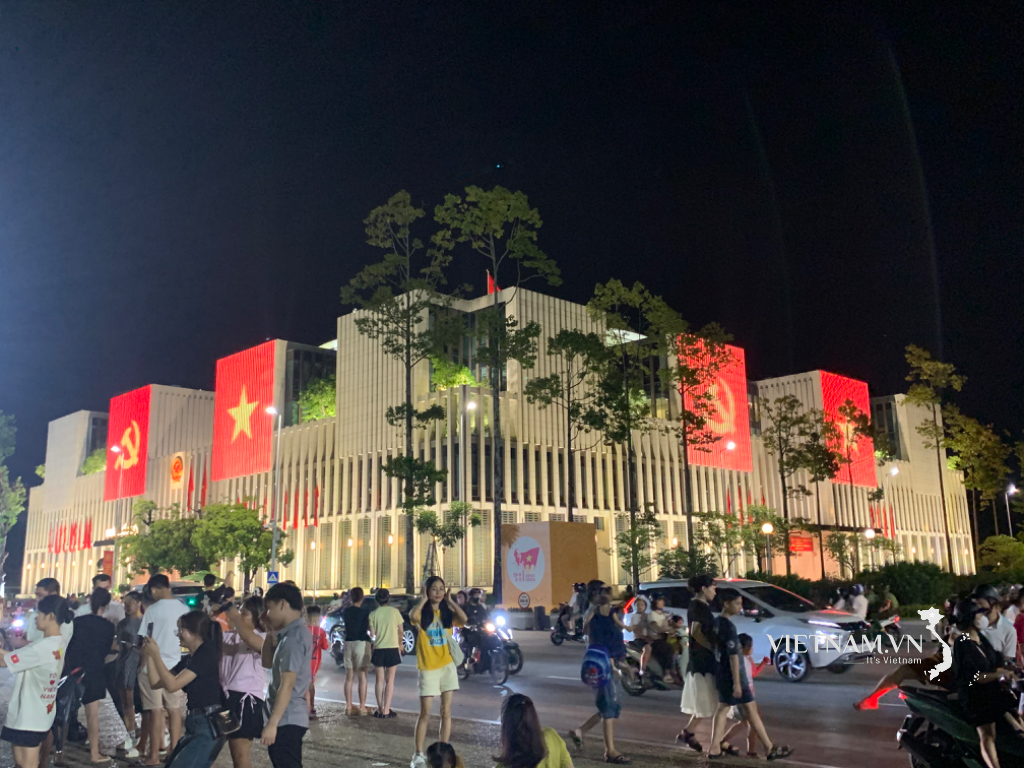


Comment (0)